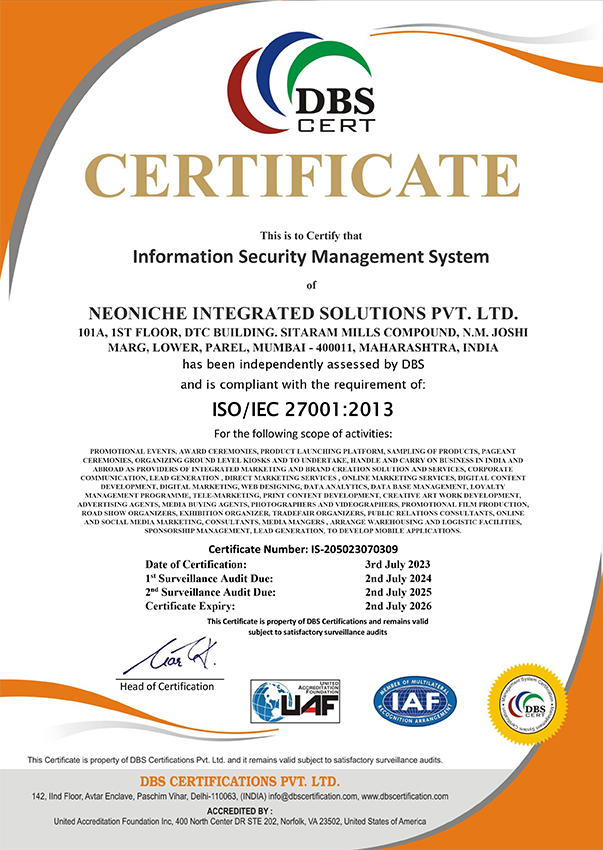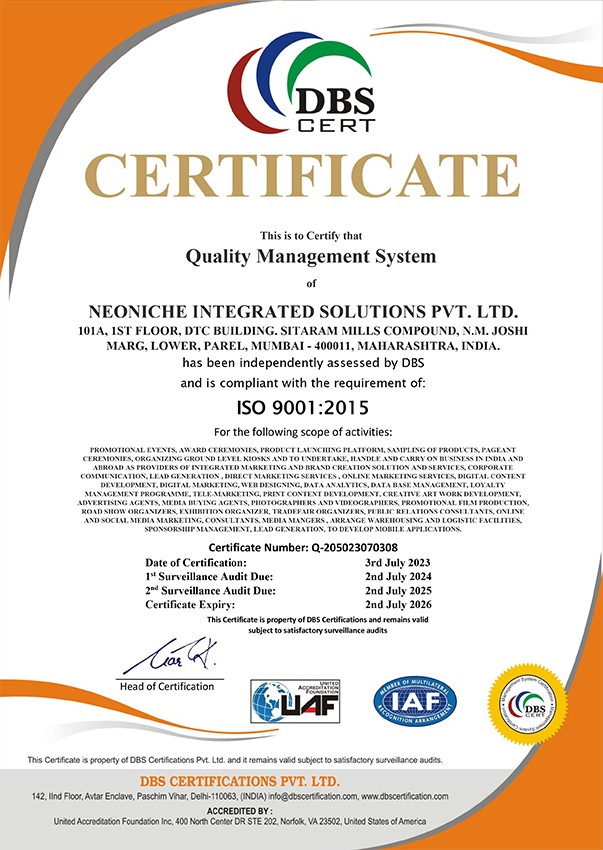Networking events are a cornerstone of building meaningful connections and fostering business growth. They provide a platform for professionals to exchange ideas, forge relationships, and explore potential collaborations.
However, planning an engaging networking event can be a challenge.
Here are some common hurdles event planners face:
- Low engagement: People often attend networking events feeling unsure of how to approach others or what conversations to initiate.
- Lack of clear focus: Events without a defined purpose can feel directionless, leading to superficial interactions.
- Limited reach: Traditional networking events might only attract a local audience, hindering potential connections.
The key lies in creating an environment that breaks the ice, encourages interaction, and leaves a lasting impression. In this blog post, we’ll delve into four key strategies to ensure your next networking event is a resounding success.
By implementing these four strategies, you can overcome these challenges and create a truly engaging networking experience:
Tip 1: Set Clear Objectives
Before diving into planning logistics, take a step back and define your event’s goals.
Here’s how:
- Identify your target audience: Who are you hoping to attract? Consider industry professionals, potential clients, or recent graduates entering the workforce.
- Determine the purpose of the event: What outcome do you envision? Is it lead generation, fostering industry knowledge sharing, or building brand awareness?
- Align event activities and format with your objectives: The format and activities should directly contribute to achieving your goals.
For example, if lead generation is your focus, consider incorporating speed networking sessions or breakout groups with targeted topics.
Tip 2: Craft an Interesting Agenda
A well-structured agenda keeps the event lively and ensures everyone gets a chance to connect.
Here are some key elements:
- Mix of structured and unstructured networking time: Schedule dedicated networking sessions where attendees can mingle freely. However, also incorporate structured activities like icebreakers or group discussions to facilitate conversation starters.
- Incorporate interactive elements: Icebreakers are a great way to break the tension and encourage interaction. Consider games, trivia, or even a fun photo booth opportunity.
- Consider including guest speakers or panel discussions: Inviting industry experts or thought leaders can add value and spark engaging conversations related to your event’s theme.
Tip 3: Leverage Technology
Technology can streamline the planning process and enhance the attendee experience:
- Event management software: Utilize platforms to manage registrations, send invitations, and gather attendee information. This streamlines communication and simplifies logistics.
- Virtual or hybrid elements: Incorporating a virtual component allows participation from a wider audience, particularly those geographically distant. Interactive features like live chats or breakout rooms can enhance the experience.
- Social media: Use platforms like LinkedIn or Twitter to build pre-event excitement by sharing speaker information, event teasers, and using relevant hashtags.
Tip 4: Encourage Engagement Before and After the Event
Don’t let the interaction end when the event concludes. Here’s how to keep the momentum going:
- Share event updates and teasers on social media: Keep your audience engaged by sharing sneak peeks of the venue, speaker information, or event highlights.
- Prompt attendees to connect with each other on LinkedIn or other platforms: Facilitate connections by encouraging attendees to follow each other or join relevant online groups.
- Follow up with attendees after the event: Send a thank-you email with event photos or a link to a recording of any presentations. This continues the conversation and fosters lasting connections.
Planning engaging networking events requires strategic thinking and attention to detail. By setting clear objectives, crafting an agenda that blends structure with interaction, leveraging technology to enhance accessibility, and fostering engagement before and after the event, Event management organizes can create valuable opportunities for attendees to connect, learn, and grow professionally.
Implement these strategies into your event planning process to ensure your next networking event not only meets its goals but also leaves a lasting impression on participants. Whether organizing a small industry meetup or a large-scale conference, these tips will help create an experience that resonates and strengthens your professional community.


